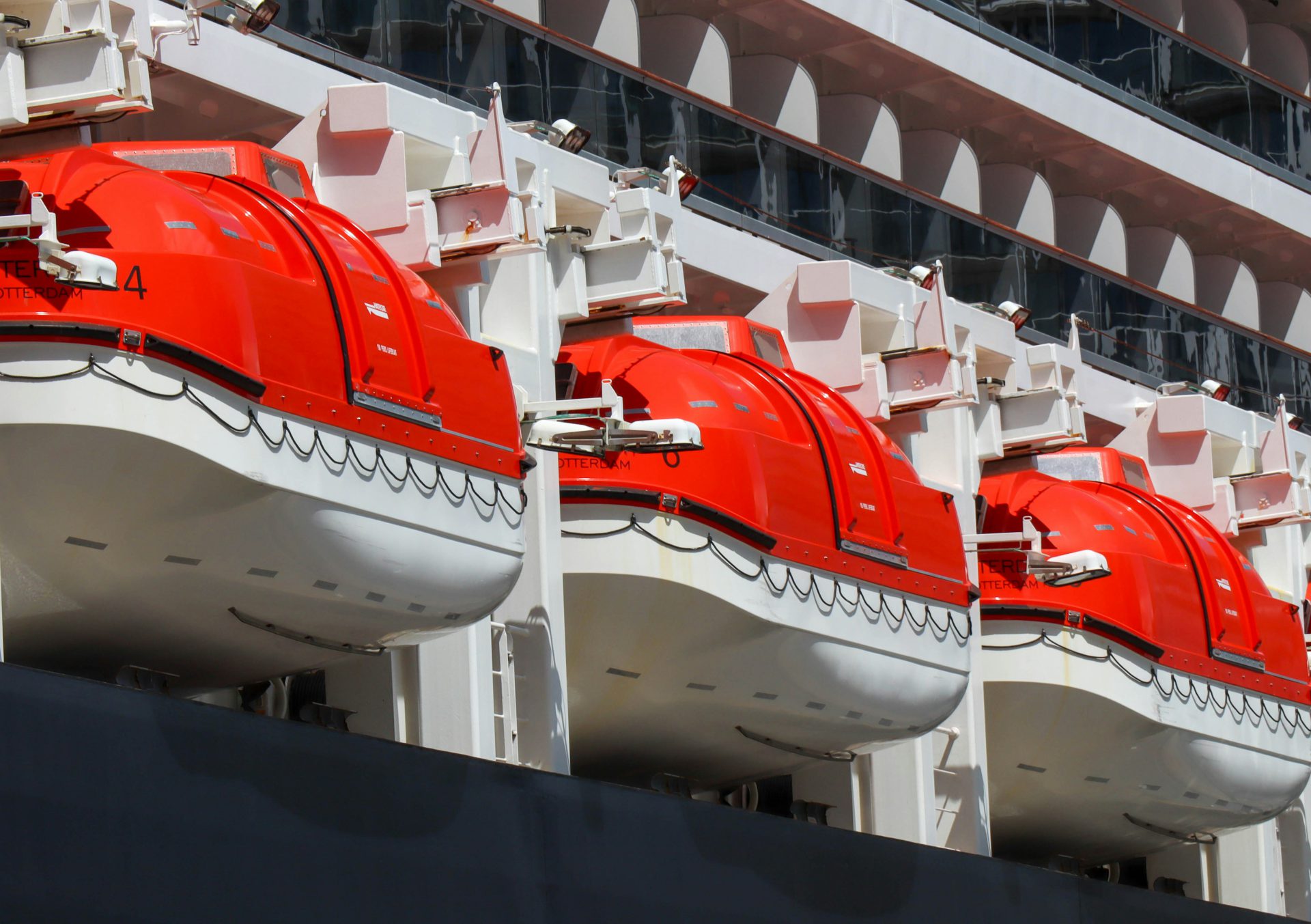Lifeboats are essential maritime vessels designed to ensure the safety and survival of individuals in emergencies at sea. These sturdy and reliable boats are a critical component of maritime safety, providing a lifeline in situations where every second counts. In this blog, we’ll explore the history, types, and importance of lifeboats, shedding light on their vital role in saving lives.
A HISTORICAL PERSPECTIVE
The concept of lifeboats dates back to ancient times, with early versions used by seafarers to escape shipwrecks. However, the modern lifeboat as we know it began to take shape in the 18th and 19th centuries. Notable advancements include the invention of the self-righting lifeboat by British engineer Henry Greathead in the late 18th century and the development of the modern inflatable lifeboat during World War II.
Types of Lifeboats
- Conventional Lifeboats: These are rigid, enclosed or partially enclosed boats designed to be launched from a ship. They are equipped with supplies such as food, water, first aid kits, and navigation equipment to support survivors for an extended period.
- Inflatable Lifeboats: Lightweight and portable, inflatable lifeboats are easy to store and deploy. They are often used as secondary lifeboats or for recreational purposes. Modern inflatable lifeboats are made from durable materials and are equipped with survival essentials.
- Rescue Boats: Designed for quick response, rescue boats are smaller, more maneuverable vessels used by search and rescue teams to reach individuals in distress. They are equipped with powerful engines and specialized equipment to perform rescues in various sea conditions.
- Self-Righting Lifeboats: These lifeboats are designed to automatically return to an upright position if capsized. This feature is crucial for ensuring the safety of occupants in rough seas or stormy conditions.
- Liferafts: Although not technically lifeboats, liferafts serve a similar purpose. They are inflatable, compact, and can be quickly deployed in emergencies. Liferafts are equipped with survival gear and are designed to keep occupants afloat until rescue arrives.
You will never be happy if you continue to search for what happiness consists of. You will never live if you are looking for the meaning of life viva la vida soledad magazine.
Key Features of Lifeboats
- Durability: Lifeboats are built to withstand harsh maritime conditions, including rough seas, extreme weather, and prolonged exposure to saltwater.
- Safety Equipment: Lifeboats are equipped with essential safety gear, such as life jackets, emergency beacons, flares, and communication devices.
- Self-Sufficiency: To ensure survival, lifeboats carry supplies like drinking water, non-perishable food, first aid kits, and fishing gear.
- Visibility: Bright colors and reflective materials make lifeboats more visible to rescuers, increasing the chances of a successful rescue.
- Ease of Deployment: Modern lifeboats are designed for quick and efficient deployment, ensuring that they can be launched rapidly in an emergency.
The Importance of Lifeboats
Lifeboats play a crucial role in maritime safety by:
- Saving Lives: Lifeboats provide a safe haven for individuals stranded at sea, increasing their chances of survival until rescue arrives.
- Enhancing Safety Standards: The presence of lifeboats is a key component of maritime safety regulations, ensuring that ships are prepared for emergencies.
- Supporting Search and Rescue: Lifeboats enable search and rescue teams to perform their duties effectively, reaching those in distress and providing assistance.
Conclusion
Lifeboats are the unsung heroes of the maritime world, offering a lifeline to those in peril on the open sea. Their design, durability, and essential features make them indispensable for ensuring the safety of seafarers and passengers. Whether you’re a professional mariner or a recreational boater, understanding the importance and functionality of lifeboats is crucial for appreciating the advancements in maritime safety.


